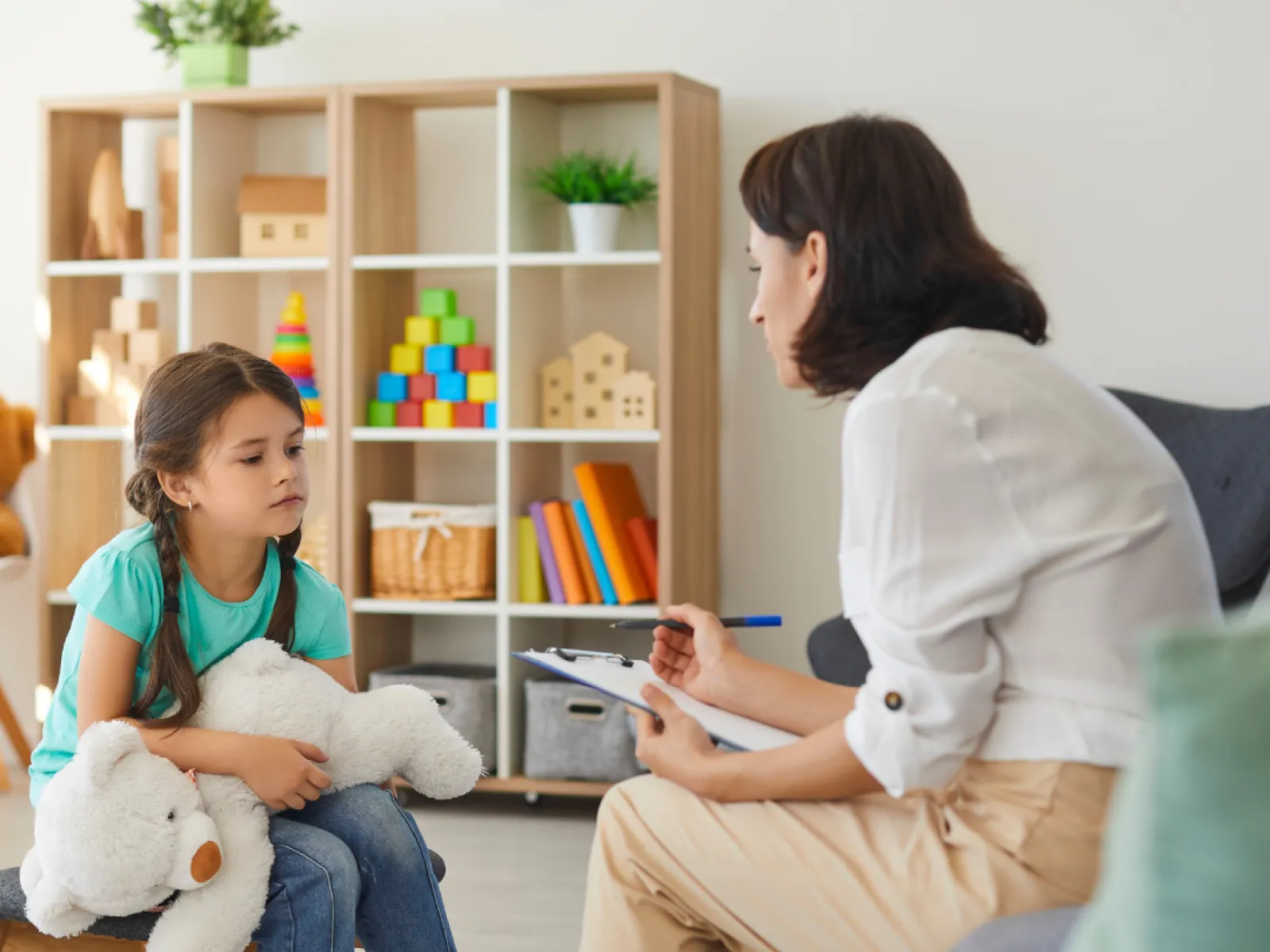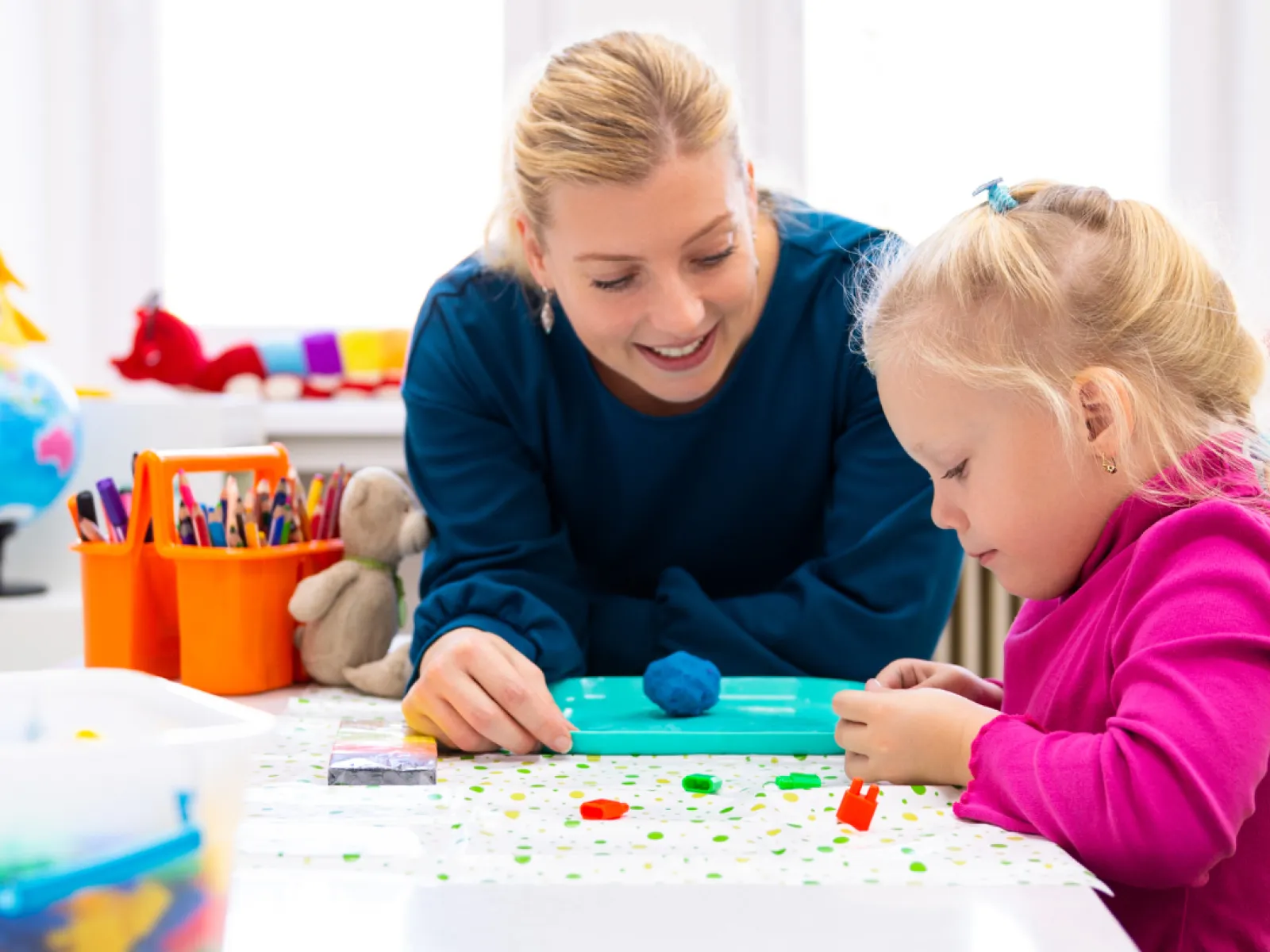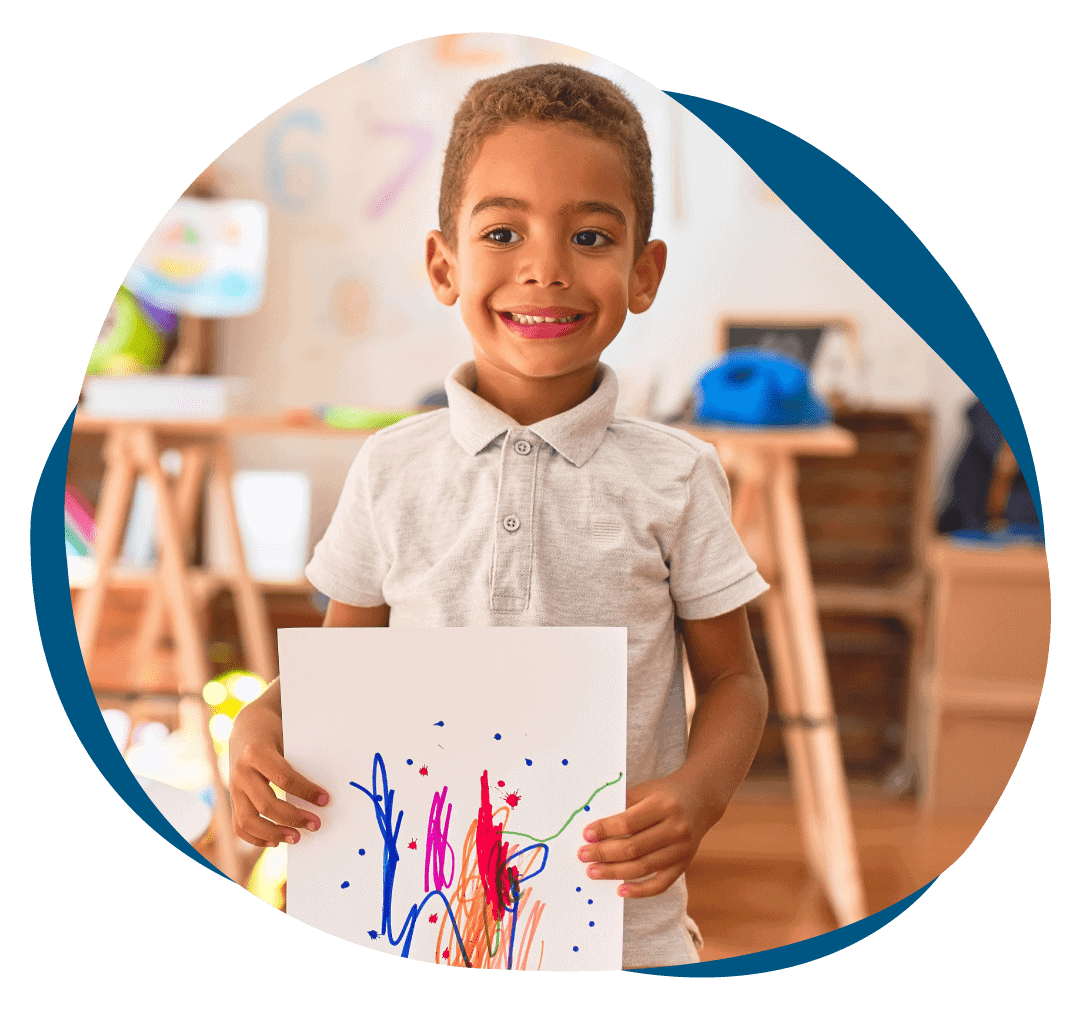
What is ABA Therapy?
Elevation Autism Center
How ABA Therapy Works
ABA therapy is based on the principles of behaviorism, which focus on how behavior is influenced by the environment. It uses a structured, scientific approach to understand behavior through observation, measurable outcomes, and consistent reinforcement. ABA aims to teach meaningful skills and reduce behaviors that may interfere with learning or daily life. Here's how the process typically works:

ABA Therapy Assessment
Each pediatric ABA therapy journey begins with an assessment conducted by an ABA therapy specialist. This evaluation identifies the child's current strengths, developmental challenges, and specific skill gaps. Information is gathered through observation, interviews with caregivers, and standardized tools. The assessment serves as the foundation for creating a highly personalized treatment plan.

Goal Setting
Based on the assessment results, therapists set clear, measurable goals tailored to the child's needs. These goals may focus on communication, social interaction, self-care, academic readiness, or reducing challenging behaviors. Goals are broken into manageable steps to support steady progress.

Individualized Intervention
Therapists implement targeted interventions using evidence-based strategies. One of the core techniques is positive reinforcement, which involves rewarding desired behaviors to encourage their repetition. Sessions may include structured tasks, play-based learning, and natural environment teaching to promote skill acquisition across various settings.

Ongoing Monitoring and Adjustment
Progress is continuously tracked through data collection. Therapists regularly analyze behavior patterns and outcomes to determine what is working and what needs adjustment. Treatment plans are updated as needed to ensure the child continues to make meaningful, measurable progress.
Benefits of ABA Therapy
ABA therapy in Atlanta is one of the most effective, research-backed treatments for individuals with autism. Key benefits include:
Improved Social Skills: ABA helps children develop essential social behaviors such as making eye contact, taking turns, understanding personal space, and recognizing social cues.
Stronger Communication Abilities: Whether a child is nonverbal, partially verbal, or verbal, ABA focuses on enhancing both expressive and receptive language. It helps children learn how to communicate their needs, understand instructions, and engage in conversations more effectively.
Improved Social Skills
ABA helps children develop essential social behaviors such as making eye contact, taking turns, understanding personal space, and recognizing social cues.
Stronger Communication Abilities
Whether a child is nonverbal, partially verbal, or verbal, ABA focuses on enhancing both expressive and receptive language. It helps children learn how to communicate their needs, understand instructions, and engage in conversations more effectively.
Reduction in Challenging Behaviors: Therapists use ABA therapy strategies to identify triggers behind behaviors like aggression, self-injury, or tantrums, then teach safer, more appropriate ways to respond. Over time, this can reduce disruptive behaviors and improve emotional regulation.
Greater Independence in Daily Life: ABA supports the development of practical life skills such as dressing, brushing teeth, feeding, toileting, and following routines.
Reduction in Challenging Behaviors
Therapists use ABA therapy strategies to identify triggers behind behaviors like aggression, self-injury, or tantrums, then teach safer, more appropriate ways to respond. Over time, this can reduce disruptive behaviors and improve emotional regulation.
Greater Independence in Daily Life
ABA supports the development of practical life skills such as dressing, brushing teeth, feeding, toileting, and following routines.
Frequently Asked Questions

Is ABA therapy only for autism?
No. Applied behavior analysis is a scientific approach to teaching, not only for teaching kids with autism. But we've learned through research that it happens to be the most effective treatment for kids with autism. These techniques of ABA therapy have been shown to work over and over again. ABA is just using that understanding to help people overcome their challenges.
How does ABA therapy work?
Children learn best when they're engaged, happy and having fun. When children are excited to spend time with us, we can capture their attention and make a tremendous impact.
Young children learn best through play, so that's how we teach. Whether it's tossing a ball, blowing bubbles, or pushing on the swing—these are all perfect opportunities to teach communication and social behaviors like requesting, turn-taking, and learning patience. These skills build the foundational tools that your child will use to engage their teacher, develop meaningful friendships, and navigate the world with independence.
How long does ABA therapy take to work?
Every child is different, but many families begin seeing progress within a few months of consistent therapy. ABA is most effective when delivered early and intensively, often 10-40 hours per week. Long-term therapy may continue for several years, depending on the child's needs and goals.
What age is best to start ABA therapy?
The earlier, the better. ABA therapy is most effective when started between the ages of 1 and 5, during a critical window for language, social, and cognitive development. However, it can be beneficial at any age.

